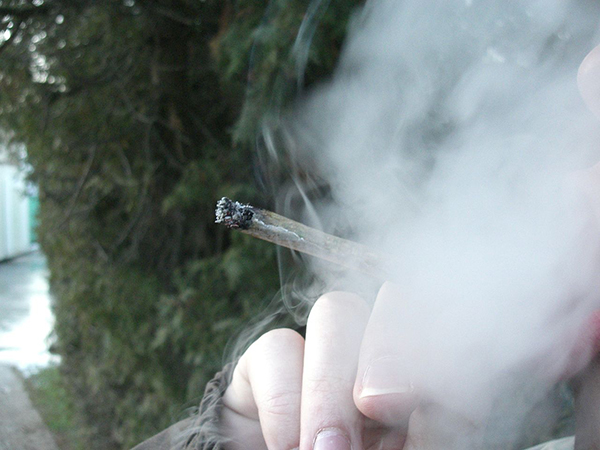
Canada’s chief medical officers of health issued a joint statement Monday advising Canadians on ways to reduce their risk should they choose to use recreational cannabis.
The statement is a follow-up to one issued in October 2018 and focuses on new products, such as extracts and edibles, that are not becoming legally available.
Edibles and extracts began becoming available in late 2019 in Saskatchewan.
In Ontario, though, the products just hit store shelves this week.
“Cannabis is not harmless and carries risks,” the officers of health wrote.
“While there is some evidence of potential therapeutic uses for cannabis, evidence continues to emerge on the longer-term health effects of cannabis, highlighting the importance of ongoing research.
“The only way to completely avoid the risks associated with cannabis use is to not use it.”
The officers of health said cannabis users should familiarize themselves with different risks associated with different ways of consuming cannabis extracts, edibles and topical products.
“How much … you consume and how quickly you consume a product can influence whether or not you experience adverse effects,” they wrote.
They recommended that users start low and go slow and choose products with a low amount of THC and an equal or higher amount of CBD to minimize health risks and reduce the potential of overconsumption.
They also wrote about concerns surrounding vaping-associated lung illness and the poorly-understood risks of vaping.
“The safest approach for people who use cannabis is to avoid smoking or vaping cannabis extracts,” they said.
Those who do choose to vape extracts should use products obtained from legal, regulated sources for their intended purpose and avoid modifying vaping products, they said.
“If a product is not intended for vaping, do not vape it,” they said.
Users should also limit the amount and frequency of consumption.
While initial effects can hit within seconds, full effects can take up to 30 minutes to appear, they said.
They recommended anyone smoking or vaping begin with one or two puffs of a vape or joint with 10 per cent or less of THC.
They also recommended that people always read the label to understand a product’s strength, to avoid deep inhalation and breath-holding and to avoid consuming other substances such as alcohol when using cannabis.
“Cannabis products that do not involve inhalation such as orally consumed oils or tinctures, edible cannabis products, topicals or sprays, can be an option to avoid potential impacts on lung health,” they said.
“However, cannabis products that are swallowed or eaten can have psychoactive effects or effects on mental processes, that can differ from those that are inhaled.”
Some people can experience stronger and more unpredictable effects from edible products than from inhaled ones, they said.
Also, psychoactive effects are delayed from swallowed or eaten cannabis products, which can result in overconsumption and increase of poisoning.
The other risk with edible products is that they are mistaken for regular food and drink, increasing the chances of accidental poisoning, especially in children and pets.
Edible cannabis, they said, can have effects lasting from four to 12 hours, or even more.
“If you experience any adverse effects from cannabis—including edible cannabis, cannabis extracts or topicals—seek appropriate health care and report side effects from cannabis products to Health Canada,” the health officers wrote.
“Finally, when using any type of cannabis product, it is important to remember that like other substances, there is the possibility of developing cannabis dependence or addiction and that frequent use can cause harm to your physical and mental health.”
They said that about 20 per cent of adults who have used cannabis develop cannabis use disorder.
“The younger you are when you start using cannabis, and the more often and the longer you use it, the more likely that it will have an adverse impact on your health.
“People who experience problems related to their use of cannabis can speak to a health care provider about evidence-based behavioural treatment and recovery options.”

